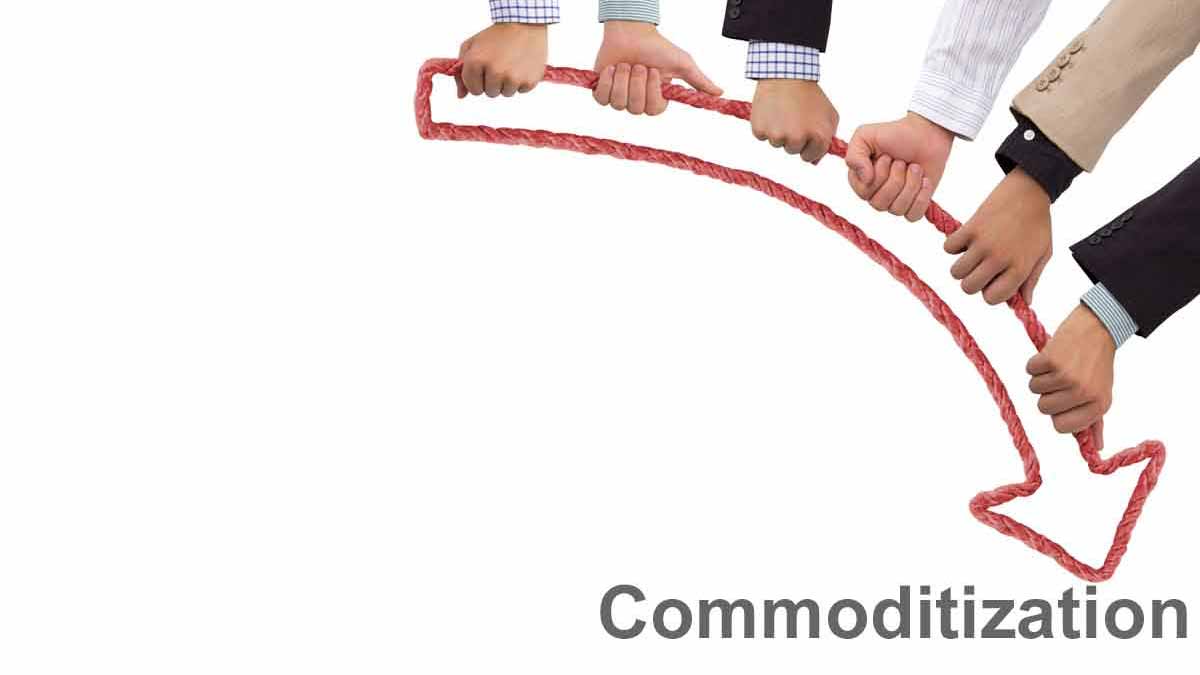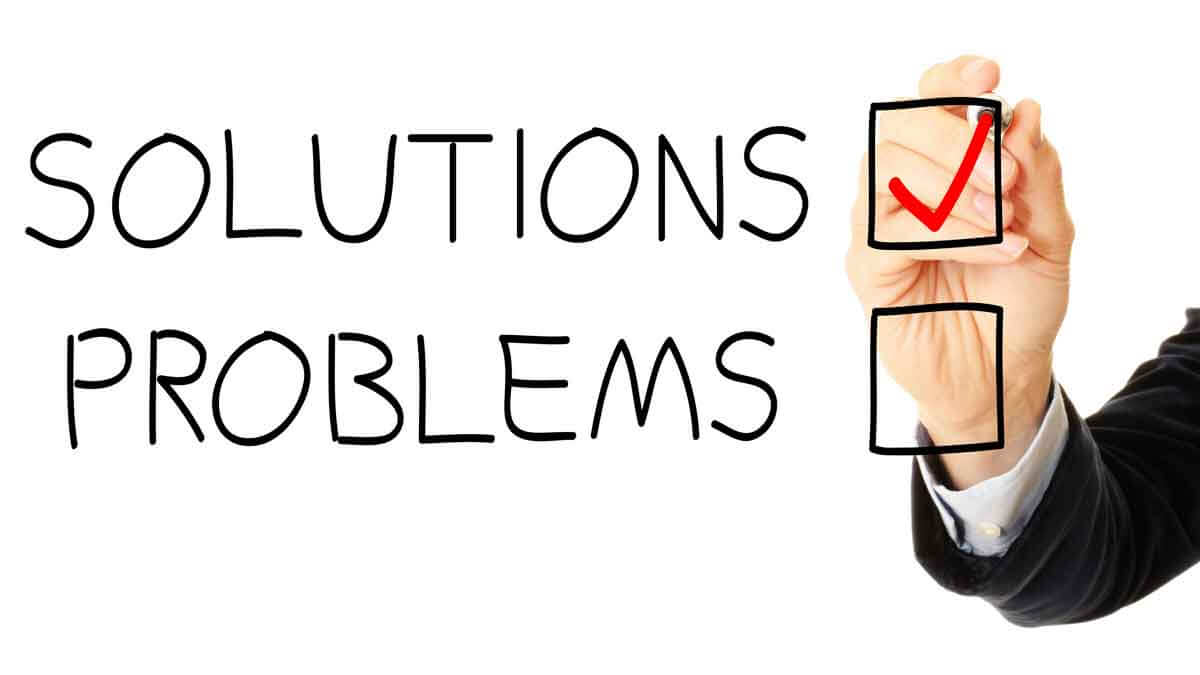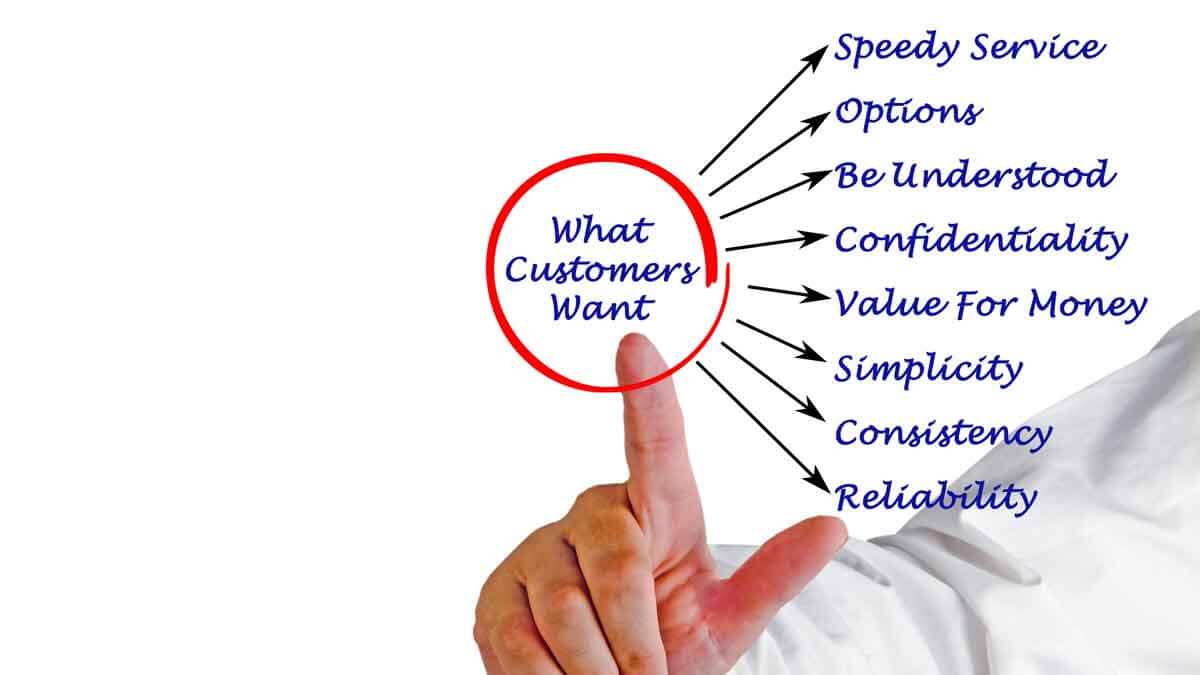You have to deliver important value that customers cannot get anywhere else. If customers can get this same value from just one other supplier, they’ll use it as leverage for lower pricing. So the difference between delivering new value and matching existing value is the difference between raising and lowering market pricing.
More in white paper, Catch the Innovation Wave (page 8)
If you don’t ask customers the right questions, you can’t quantitatively assess their next best alternative. So you’ll have to guess at pricing. Guess too high and customers won’t buy. Guess too low and… well, customers will let it go this time. And you leave money on the table, perhaps for a decade or more.
More in white paper, Catch the Innovation Wave (page 12)
Sure, you can develop products that you find exciting. But unless these products address something customers find important and unsatisfied, don’t expect them to buy them. And if customers do buy your product, they certainly won’t pay a premium. If you’re not happy about this, you’ll have to complain to Adam Smith. The best way to know customers are eager for you to meet a need is with Market Satisfaction Gaps.
More in white paper, Market Satisfaction Gaps
There are many forces dragging your products toward commoditization: competitors trying to imitate your products… purchasing agents trying to standardize your products… new technologies trying to obsolete your products. In your quest toward specialty products, you’ll get no outside help. You own this one, baby.
More in 2-minute video at 9. Avoid the commodity death spiral
Customers own “outcome” space. You own “solution” space. Don’t let them into your space… unless you want to become a contract manufacturer. Instead, enter their space to understand desired outcomes better than competitors. This lets you deliver unique value in your solutions, which is handsomely rewarded though premium pricing. The best way to do this? Use qualitative and quantitative interviews.
More in the video, Reinventing VOC for B2B
I am sometimes asked to do a workshop on developing value propositions. I say, “Not unless you invite your customers to it.” Seriously, suppliers already spend far too much time guessing what customers want. Why try to legitimize this innovation malpractice by creating and word-smithing value proposition statements internally? Better to conduct proper B2B interviews and then build a value calculator around a value proposition that customers truly care about.
More 2-minute video at 34. Use value calculators to establish pricing
Great value propositions begin and end with customer outcomes. It’s like collecting specimens, sliding them under your microscope, and continuing to turn up the magnification. The careful researcher doesn’t have to agonize over the right value proposition. It comes into increasing focus, waving its arms and screaming to be addressed.
More in white paper, www.b2btimingiseverything.com (page 9)
You can ask for pricing decisions using a survey, e.g. Van Westendorp. But it’s hard to get a straight answer in concentrated B2B markets: They know they’ll be negotiating prices later. Better to understand the customer’s world so well you can create a value calculator… to model their pricing decision-making. You’ll have longer-lasting insights vs. a one-time survey.
Unlike many B2C benefits, e.g. amusement, comfort, and self-esteem, B2B customer benefits are usually measurable, economic and—wait for it now—predictable. This predictability means B2B suppliers who study customer outcomes, like a science, will be handsomely rewarded. B2B customers will eagerly help you… if you know how to ask them.
More in white paper, www.guessingatcustomerneeds.com
It's much easier to gather the data you need for pricing a new product, because customers want you to understand enough to deliver value to them. Unlike B2C, B2B providers should try to understand customers’ pricing decision-making instead of asking for pricing decisions (via surveys). ... Read More
Learn how to determine new product pricing for B2B markets. Plus… 4 added benefits of using a value calculator: 1) Increase customer awareness of value. 2) Build customer confidence. 3) Increase your understanding of customers’ world. 4) Boost customer “internal selling.” ... Read More
Qualitative interviews are important, but if you don’t continue with quantitative interviews you may still struggle with new product innovation. Many B2B producers use AIM’s preference interviews to generate Market Satisfaction Gaps for customer outcomes. A Gap over 30% indicates the market segment is eager to see improvement. ... Read More
Customers will help you set prices before—but not after—you launch your new product. They want you to develop innovative new products and services that deliver value to them… so they’ll give you insights to make this happen. These same insights allow you to establish optimal pricing. Do you know how to do this? It will be too late after you launch your product.
More in 2-minute video at 34. Use value calculators to establish pricing
Learn these six ways to avoid the Commodity Death Spiral that short-term-thinking business leaders fall into: 1) Take ownership of your future. 2) Measure your progress. 3) Change your time horizon. 4) Work on high-impact products. 5) Get out more. 6) Directly engage your customers. ... Read More













